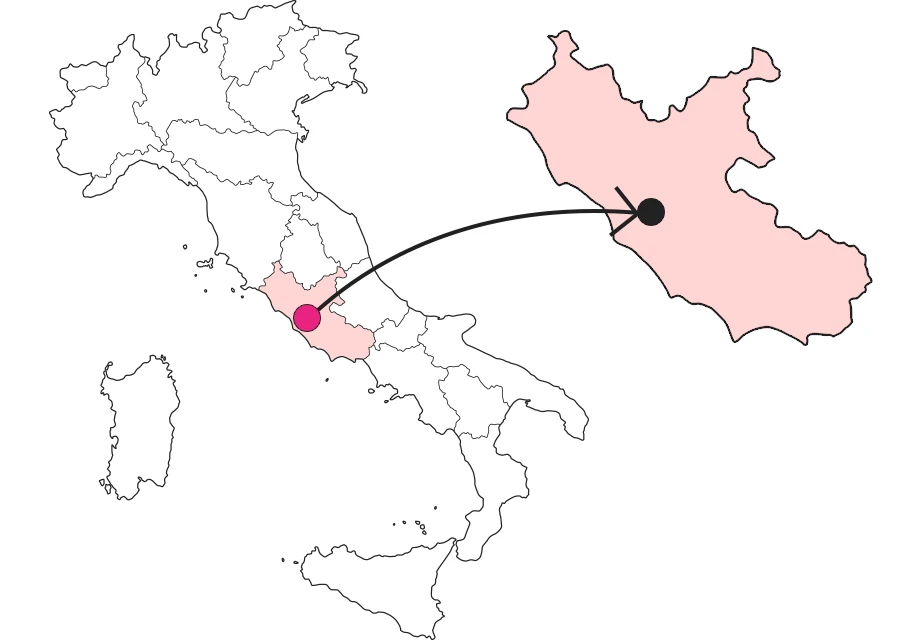

The Gazometer of Rome
Large metal structure in the Ostiense district, a symbol of industrial archaeology, an icon of the Roman urban and cultural landscape


Where is

What is it and where is the Gazometer in Rome
It towers over Rome's Ostiense district like a steel guardian that tells stories of a bygone industrial era: it is the Gazometro (or Gasometer), a cylindrical tower made of metal pipes intertwined with each other. Built in 1937 to store the gas that powered the city, today this structure is a symbol of industrial archeology and one of the most recognizable elements of the Roman cityscape. Although no longer operational, the Gazometro continues to fascinate with its grandeur and history, becoming a protagonist of a cultural renaissance that has transformed the Ostiense into a neighborhood of art and creativity.
Perxhé is special: a particular protagonist of the Roman skyline
What makes the Gazometer special is its grandeur and the contrast it offers between Rome's industrial past and its creative present. At 92 meters high, the Gazometro dominates the Ostiense skyline, becoming a scenic backdrop for events, art exhibitions, and cultural initiatives that have made it a contemporary icon. The structure, now rusted and sculpted by time, is a silent witness to the city's industrial past.
Don't miss: when to take the best photos with the Gazometer
The view of the Gazometro from the Ostiense district is something spectacular, especially at sunset, when the structure is silhouetted against the colorful sky and reflected in the Tiber River. This place has also become a gathering place for artists and photographers, who capture its post-industrial beauty in a unique setting.
A bit of history
The Gazometer was built in 1937 to store the gas used to power the city. At the time, it was the largest in Europe, but with the gradual transition to methane gas, the structure was abandoned, yet it remains a symbol of the Ostiense district and Roman industrial history.
Curiosity: the Gazometer and the cinema
A curiosity related to the Gazometro is its role in Italian cinema. Its imposing structure has often been used as a backdrop for films and commercials, becoming a cultural icon that has inspired directors and artists. It was used, for example, by Pasolini in the famous "Accattone" and by Özpetek in "The Ignorant Fairies." Today it is a landmark for urban regeneration and contemporary creativity.
Enter the Map of Italy's Undiscovered Wonders and find treasures where you least expect it... Inspire, Recommend, Share...
Collections
The Map thanks:
Enter the Map of Italy's Undiscovered Wonders and find treasures where you least expect it... Inspire, Recommend, Share...
Where is

Collections

 Paladin
Paladin